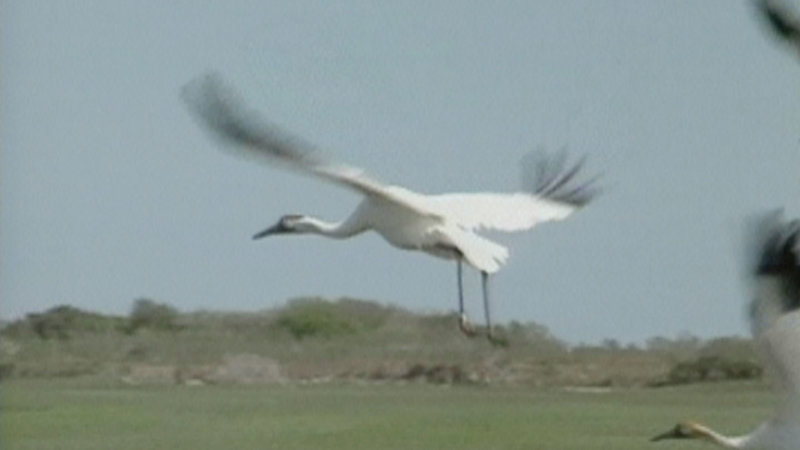
TheGreatGlide
Whatdoesananimaldowhenitdoesn’tknowitsmigratorypath?Suchwastheproblemforthewhoopingcrane.Nearextinctionduetohuntingandlossofhabitat,NorthAmericanwhoopingcraneswerein danger.
Cranesareexcellentnavigators.Theycanfollowwell-definedpathsthatyoungcraneslearnfromtheirparents.Butby1941,therewereonly15whoopingcranesleftintheworld.Conservationeffortshavebroughtthosenumbersuptomorethan400 individualstoday.
Still,conservationistswerefacedwithachallenge.Howdoyouteachhand-rearedchickstheirmigratorypath?
Acreativesolutionwashatched.Youngbirdsweretrainedtofollowultralightaircraftthatguidedthemalongasaferouteandshowedthebirdsthe“correct”stopoverstouse.
Whoopingcranesneededalessononwheretogowhentheymigrated.
MigrationMadness
Millionsofanimalsmigrate.Theyuseavarietyofwaystohelpthemgetwherethey’regoing.SomerelyonEarth’smagneticfield.Somerelyoncluesfromtheland.
Othersusethesun,moon,andstarstohelpthemmaketheirway.Stillothersrelyonphysicallandmarksorscents.Whatevertoolsanimalsuse,theirabilitiestomigratehelpthemsurvive.

